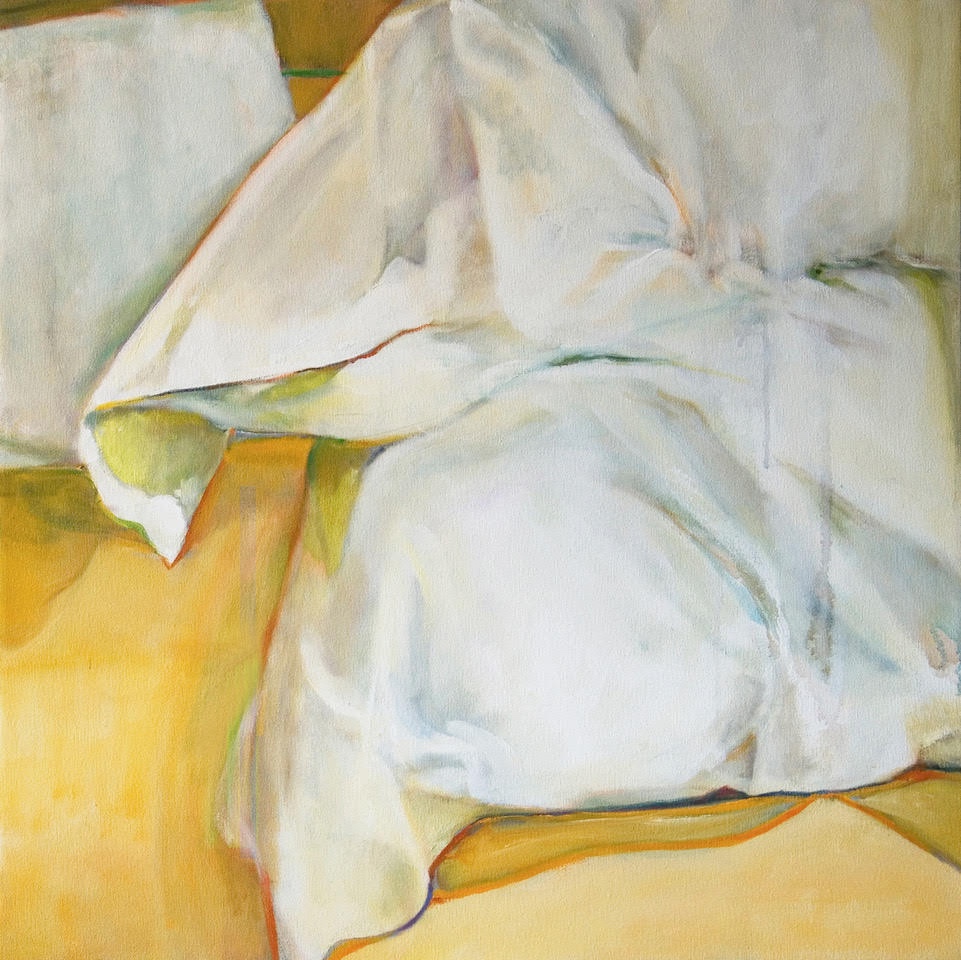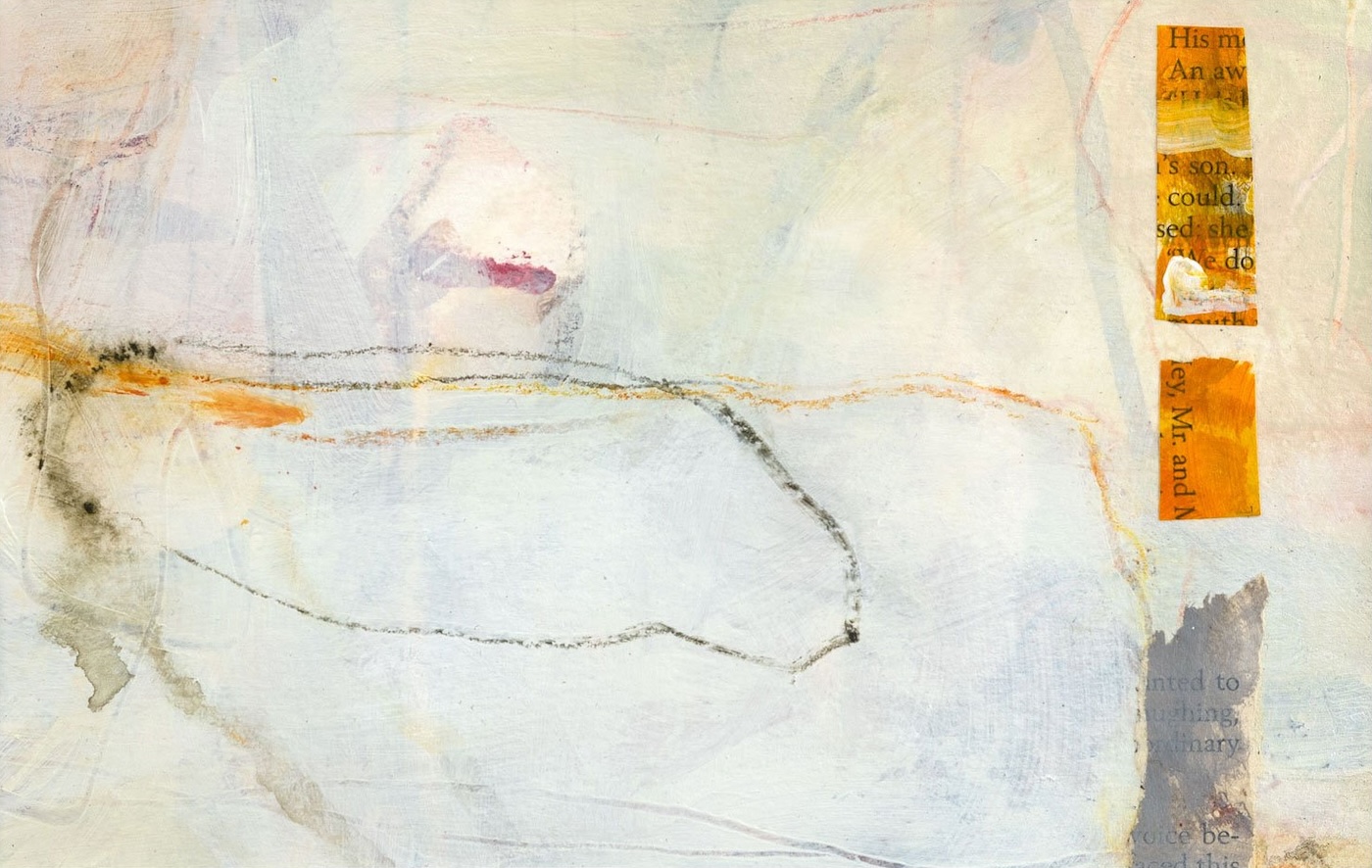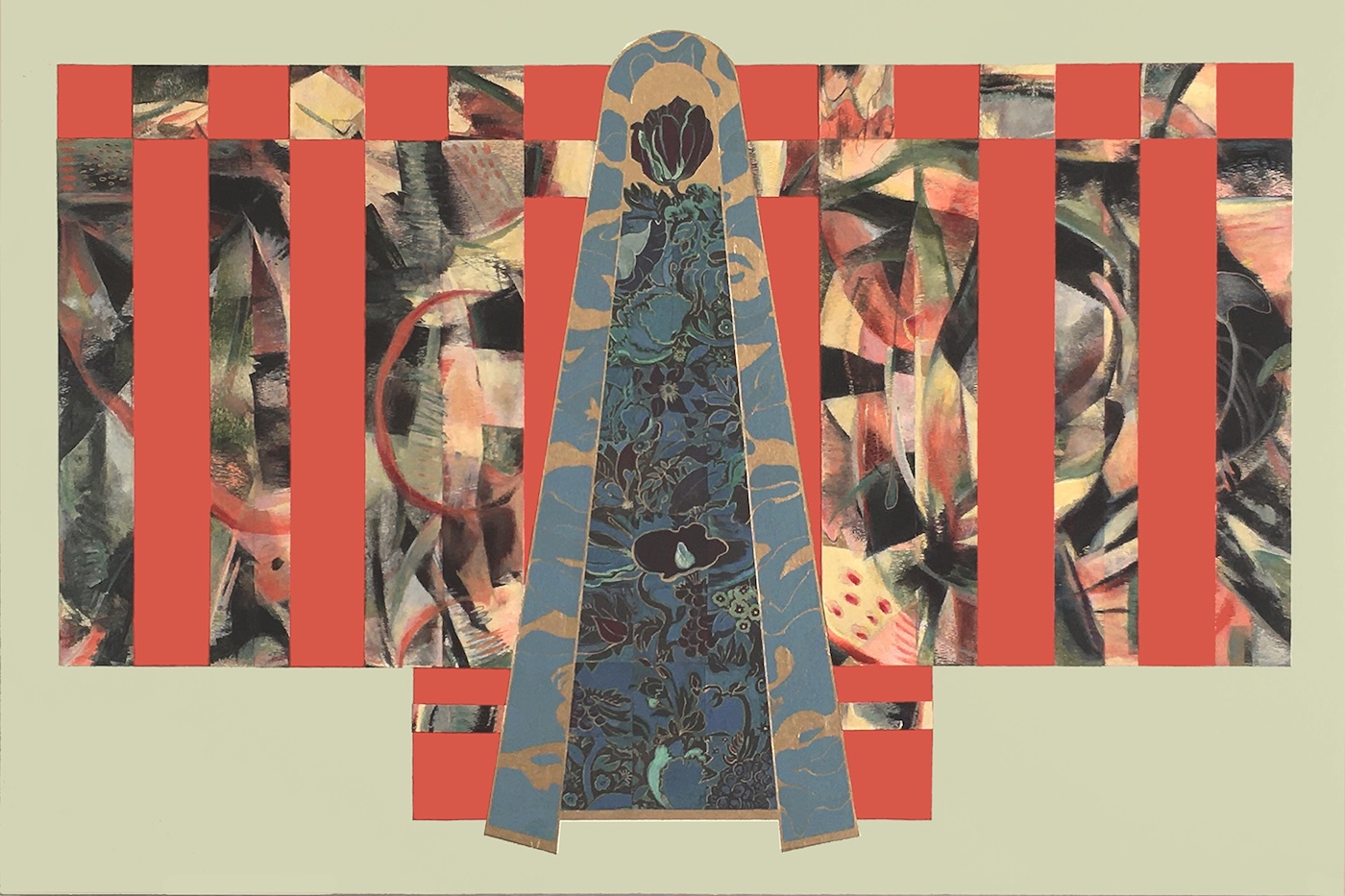Today, I’m diving into a crucial topic: the necessity to create demand for your art if you aspire to reach a certain level of success.
Equally important is the need for realism—understanding what to expect and recognizing your position within the art market, whether it’s local, regional, national, or even international. This combination of ambition and practicality is key to navigating the vibrant, yet competitive, landscape of the art world.
Last week’s conversation with William Deresiewicz highlighted the challenges of a crowded marketplace. If you haven’t listened to that episode, do yourself a favor and check out Episode 205. It’s become a very popular interview and offers valuable insights into the current art landscape.
Understanding the lay of the land is vital. I’ve witnessed many artists employing marketing strategies that don’t align with their current situation.
For example, I’m thinking of artists who attempt half-hearted collection releases without having established the necessary demand for their work. Or artists who offer reproductions without first successfully selling the same images as originals.
In both cases, you’re setting yourself up for disappointment—and that just leaves you feeling discouraged. It’s critical to align your strategies with the reality of your market to avoid these pitfalls.
Listen
Understanding Demand
In case “demand” isn’t self-explanatory, let’s clarify. Demand isn’t merely the number of followers or email subscribers you have; it’s about the desire to purchase your art, live with it, promote it, and share it with others.
From a commercial perspective, demand means that people want to buy your art and feature it in their spaces.
On the broader Art World side, demand indicates that your work is part of a larger discussion about art. Curators and gallerists are engaged in conversations about your pieces, providing context and sharing them with other professionals.
Artists in high demand in the capital-A, capital-W Art World often have impressive credentials, like graduate degrees from prestigious art schools, which grant them immediate connections for furthering their careers. These artists have galleries with waiting lists for their work, and those galleries are selective about to whom they sell. They are frequently written about in publications, offered solo museum shows, and included in exhibitions that provide context for their work.
Read Get the Picture: A Mind-Bending Journey among the Inspired Artists and Obsessive Art Fiends Who Taught Me How to See by Bianca Bosker. (affiliate link)
While it may seem appealing to play in this level of the Art World, it has its own challenges. The reality is that 99% of artists shouldn’t focus on creating that kind of demand. However, this doesn’t mean you can’t create work that is in demand on your terms. We’ll explore that further in a moment.
First, let’s look at the positives and negatives of making work that is in demand.
The Downside of Demand
Before diving into the benefits of creating a feeding frenzy around your art, here’s a gentle warning: Be careful what you wish for.
High demand comes with certain responsibilities to your audience. You may feel pressured to produce work at a rapid pace, maintaining a consistent output to meet market expectations.
Additionally, the need to feed social media algorithms can weigh heavily on artists. I’ve seen artists feel compelled to outdo themselves with each show or promotion, striving to make every new opportunity bigger and better than the last.
This is unsustainable.
Pressure can lead to a troubling scenario where you create work for the market rather than from a place of genuine expression. This approach is a recipe for burnout.
Listen to episode 119 with Sara Schroeder. Back in 2018, Sara was just getting into the groove of working in the studio again. She decided to start posting the work to Instagram, and followers began responding to it instantly. Within a year she had 10,000 followers. A few months later, there were 20,000.
Now she has more than 94,000 followers. It was quick success that was a little unexpected.
In that interview, Sara shares what wishes she had done differently while in the throes of that success.
The Benefits of Demand
On the flip side, having in-demand work often leads to a loyal following eagerly anticipating your next piece.
This demand creates a sense of urgency to acquire your work before it sells out, fostering an exclusive club feeling among your collectors.
More demand = Increased sales!
Artists with high demand can better estimate their income. They know how much work they can produce and have a clearer idea of what will sell. Check out episode 162 with Kelly Pelfrey for an example of an artist who can successfully estimate her monthly income.
Additionally, artists in high demand can increase their prices more readily than those who lack demand. I may not remember much from my economics classes, but one thing sticks: the law of supply and demand tells us that the fewer items available, the higher their value.
If you can’t keep up with demand, it’s time to raise your prices.
Moreover, increased demand opens the door to better opportunities. As more people see your work, it sparks conversations, generating buzz that can lead to invitations to show and sell your art.
Two key steps you can take to create more demand for your work are (1) focus on quality and originality and (2) nurture relationships.
Quality and Originality
We’ve already established that the marketplace is crowded. In today’s world, anyone can claim the title of artist without needing formal training or a degree to show their work. While this democratization of art presents opportunity, it also means there’s an abundance of mediocre art to navigate.
The upside is that quality work tends to rise to the top. On one hand, we must sift through countless images to discover the best work. On the other hand, there’s an incredible wealth of talent—more than one person could experience in a lifetime.
To truly stand out, you must dedicate yourself to making exceptional work that remains close to your vision. This involves refining your materials and techniques while continually challenging yourself to learn and grow.
Maintaining curiosity about the world and your place within the art ecosystem—whether it’s expansive or niche—is vital for developing your artistic voice.
Hear this: Your unique perspective is the highest priority for intensifying the demand for your art.
Nurturing Relationships
The other key step for creating demand resides in your list, which I’ll bet you knew was coming. Remember that I have a broad definition of list that expands beyond your email list to include social media followers, collectors, general contacts (like neighbors), and VIPs that you may know already or want to know.
In this day and age, meeting more people and building strong relationships is crucial. You don’t have to be an extrovert. You simply need to be human and recognize that we thrive and find fulfillment when we foster meaningful connections.
There are countless ways to connect today, which can sometimes feel overwhelming. Should you send an email, a direct message, a text, or meet in person at an event?
Yes! Yes! Yes! The answer is yes to all of these approaches. We must meet people where they are. Nurturing relationships isn’t about checking a box, but about doing the harder work of connecting authentically and over time.
See what I mean in action and pick up tips for meaningful connections when you listen to episode 187 with Skip Hill: How to Guarantee People Remember You.
Tips for Assessing and Creating Demand
By combining genuine connections with strategic insights, you can elevate your presence in your art world. Here are some practical tips to help you assess and cultivate that demand effectively.
- Conduct informal market research. Study your market, however you define it, and the artists whose work is similar to yours who are at a comparable point in their careers. Understand where you fit and identify opportunities to stand out.
- Seek feedback. Engage with your artist community or coaching program. Solicit honest assessments from trusted peers or mentors regarding your business approach. Participate in critique sessions to refine your work.
- Decide how to use feedback. Assess what feedback is valuable for your goals and what you can set aside.
- Outside of the Art World, a consistent look and style seems to be more important for generating buzz.
- Commit to consistent messaging and engagement. Prioritize your relationship with your audience because it gives meaning to your work and keeps you top of mind.
All of this, of course, takes time. You must remain committed to a studio practice focused on elevating your art.








2 thoughts on “Creating Demand for Your Art: Why It Matters and How to Start (ep. 206)”
What you mentioned about under pricing your artwork sounds similar to a YouTube video I recently watched. There was a guy who was in his first show or gallery and was located in London. He priced his work around $1000 range and didn’t sell any of his paintings so he asked someone after the show (I can’t remember if it was an artist or someone who worked there) why he wasn’t selling anything and the person said that the patrons in this area won’t purchase anything unless it’s above $3000. He also mentioned that they had $20,000 large paintings on the wall , not to sell necessarily, but for psychological reasons. I guess then $3000 seems more appropriate and professional while $1000 might be considered cheap or not as collectible.So it would have been good if he knew that beforehand.
Good lesson, Dirk. Thanks for sharing!